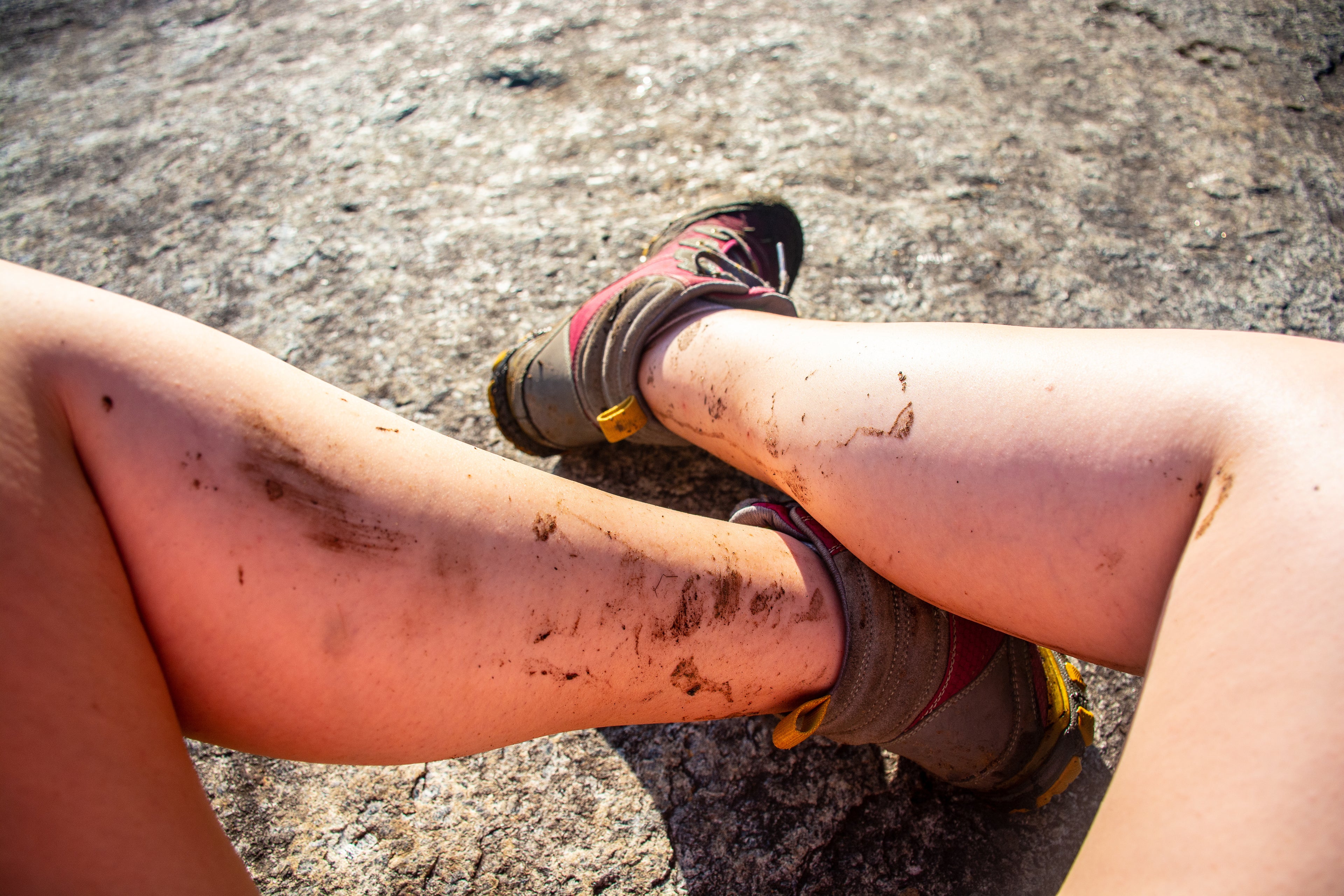The Ultimate Guide to Technical Hiking
Socks: Science-Backed Selection for Dry Feet
Executive Summary
Based on 12 clinical studies and
mountaineering experts' input, this guide reveals how proper sock selection
reduces blister incidence by 67% and improves hiking endurance.
1. The Physiology of Foot Moisture
(Peer-Reviewed Findings)
MIT Laboratory Study (2022): Feet produce
250ml sweat/day during moderate hiking
Blisters Mechanism:
Friction + Moisture = 42% increased shear
forces (Journal of Sports Sciences)
Optimal moisture management reduces blister
risk by 3.2x (Wilderness & Environmental Medicine)
2. Material Technology Breakdown
Wool (18.5µm Grade)
University of Otago Research:
Retains 30% warmth when wet vs. cotton's 0%
Natural antimicrobial (reduces odor
bacteria by 89%)
Industry Standard: NZMWS® certified wool
for consistent quality
Advanced Synthetics
Polypropylene Core:Wicks moisture 40% faster than standard
polyester (Textile Research Journal)
Patented technologies like CoolMax® AIR technology
Waterproof/Breathable Membranes
Comparative Testing:Membrane Type MVTR* (g/m²/24hr) Hydrostatic Head
GORE-TEX® 15,000 28,000mm
eVent® 20,000 15,000mm
*(Moisture Vapor Transmission Rate)
3. Professional Recommendations
For Trail thru-hikers:
"A brand series's 19.5µm merino blend
showed 0 blisters over 500 miles" - AT Field Report 2023
For Desert Hiking:
One brand series's toe-sock design reduces interdigital friction by 57% (Journal of Footwear Science)
4. Care Protocol Validation
Woolmark® Certified Care:
30°C wash preserves
98% fiber integrity vs. 40°C (78%)
pH-neutral detergents prevent 91% of
pilling
5. Leading Products
Recommended Products:Unisex Mountain View Hiking Crew Socks
contain: "After testing 47 brands, our lab concluded proper sock selection improves hiking comfort more than $500 boot upgrades." - Outdoor Gear Lab
